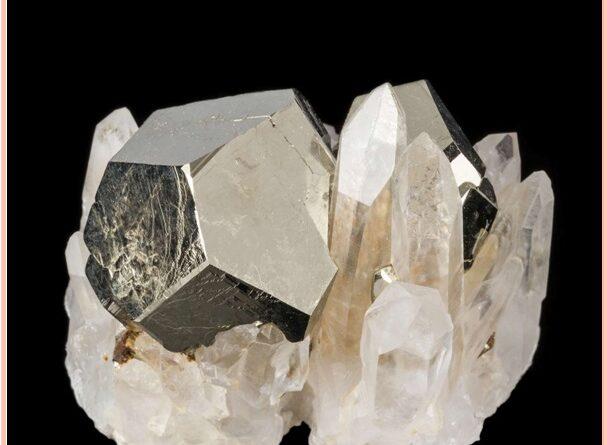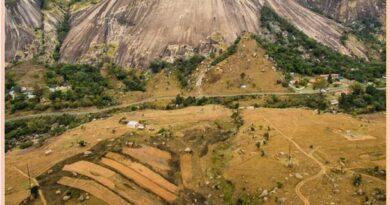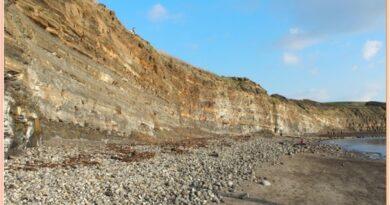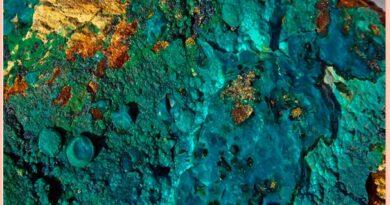Common Rock-forming minerals (Silicate minerals)
Introduction
Rocks that are found on the earth’s crust, consist of minerals. A mineral is a substance that occurs naturally and is generally has a specific crystalline structure, stable and inorganic in nature. There are many known mineral species, but the vast majority of rocks are formed by combinations of a few common minerals, called “rock-forming minerals.” The minerals that form rock are Olivine, Pyroxenes, Amphiboles, Micas, Garnet, Calcite, Feldspar, and Quartz.
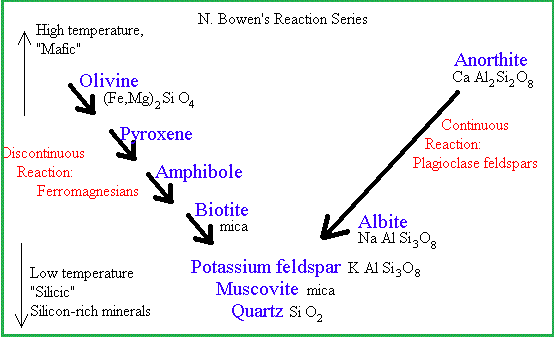
Minerals that occur in lesser amounts within a rock are called “accessory minerals.” Although accessory minerals are only present in minor quantities, they can provide useful information about a rock’s geological history and are often used to determine a rock’s age. Common accessories minerals are zircon, monazite, apatite, titanite, tourmaline, pyrite, and other opaque minerals.
So, Rock-forming minerals, are any mineral that shapes igneous, sedimentary or metamorphic rocks. The vast majority of the rock-forming minerals belong to the silicate group. Silicates are the main constituents of these rock formation minerals and sometimes rock-forming minerals are also referred to as Silicate minerals. Silicates are the most common minerals in Earth’s crust and mantle, making up 95% of the crust and 97% of the mantle by most estimates. Silicates have a wide variety of physical properties, however, they often have very similar chemical formulas.
For example, the formulas for quartz (SiO2) and olivine ((Fe, Mg)2SiO4) appear similar with minor differences, but reflect very different underlying crystal structures and, therefore they have different physical properties. Some other differences are- quartz melts at about 600° C while olivine remains solid to temperatures of nearly twice that. Quartz is generally clear and colorless, whereas olivine received its name from its olive green color.
Loss your weight with perfect shape-click here
So, The silicates minerals can be further divided into Mafic and Felsic. The common Rock-forming minerals would include the following:
Olivine
Olivine is the most common silicate mineral of this group, and it makes up most of the mantle. Mineral olivine is have formula (Mg2 +, Fe2+)2SiO4. It is therefore a kind of Nesosilicate or Orthosilicate tetrahedron. Because these minerals contain a relatively high proportion of iron and magnesium, they tend to be both dense and dark-colored. Olivine phenocrysts are relatively common in some basaltic rocks and the olivine group minerals including tephroite (Mn2SiO4), monticellite (CaMgSiO4), and kirschsteinite (CaFeSiO4).
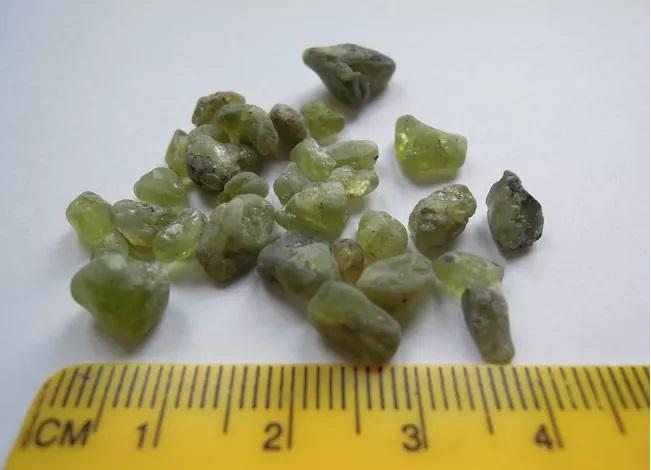
Pyroxene
Pyroxenes (Px) are a set of significant minerals found in many igneous and metamorphic rocks that form rock inosilicates tetrahedrons. Enstatite is a common member of the pyroxene family and can be found in gabbro and mafic diorites. Pyroxenite, an igneous rock composed totally of pyroxene minerals, is related to ultramafic terrains and is very rare at the surface of the earth’s crust. Pyroxenes have the overall formula XY(Si, Al)2O6 where X depicts calcium, sodium, iron, or potassium and more commonly zinc, manganese, or lithium, and Y includes ions of lower magnitude such as chromium, aluminum, iron, magnesium.
Loss your weight with perfect shape-click here
Amphibole
Amphibole is an inosilicate mineral that forms prisms or needle-like crystals, consisting of SiO 4 tetrahedra double chain. Amphiboles may be green, black, white, yellow, blue, or brown in color. Amphiboles are presently classified by the International Mineralogical Association as a mineral supergroup, within which there are two categories and several subgroups. The most common member of the amphibole family is hornblende, which is easy to identify in diorite, granodiorite, and some granitic rocks. Amphibolite is a metamorphic equivalent of basalt and can contain extremely coarse-grained hornblende needles.
Also, read- Engineering geology and site investigation for a project
Feldspar
Approximately 60% of the earth’s crust is composed of feldspar. The mafic variety of Feldspar is plagioclase that has grooves or striation structures while the felsic variety orthoclase can often be pink and has no striations. Both can be white, which requires a specific determination for the feldspar group of minerals. Feldspars (KAlSi3O8–NaAlSi3O8–CaAl2Si2O8) are a collection of rock-forming tectosilicate tetrahedron. In both intrusive and extrusive igneous rocks, feldspars crystallize from magma as veins and are also present in many kinds of metamorphic rock. It is an Anorthosite rock made almost completely of calcium plagioclase feldspar.
Mica
The mica group of silicate minerals has a phyllosilicate tetrahedron. They are all monoclinic, with a tendency toward pseudo-hexagonal crystals, and in chemical composition are comparable. The almost ideal cleavage is clarified by the hexagonal sheet-like structure of its atoms, which is the most prominent feature of mica. Mica is translucent to black (felsic to mafic), with one perfect cleavage, causing it to easily break into thin sheets. The mafic mica is called biotite, while the felsic member of the family is referred to as muscovite.
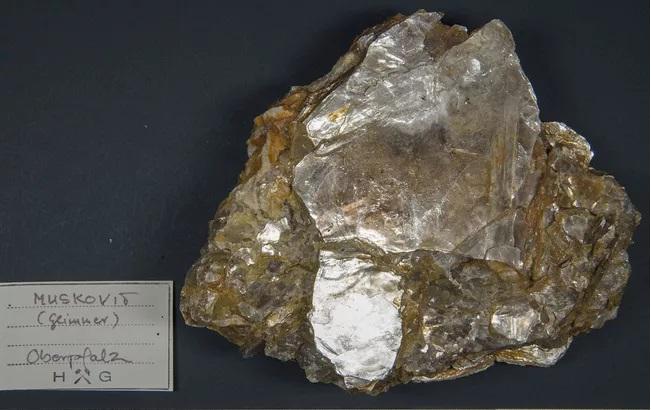
Quartz
Quartz is Earth’s second most common mineral, behind feldspar, in the earth’s crust. It consists of carbon and water particles in a frame of SiO4 (silicon-oxygen tetrahedral), sharing each carbon between two tetrahedra, It has the general chemical formula SiO2. There are two forms of quartz, the normal α-quartz, and the β-quartz high-temperature. There is an abrupt transformation from α-quartz to β-quartz at 573 ° C. Quartz is hard, durable, relatively inert, and no cleavage and has great conchoidal fracture. Quartz is the last mineral to form in a felsic rock, and can generally be found filling in between all of the other minerals.
Source-jersey.uoregon.edu, Geologypage.com, Geologyglasgow.org.uk
